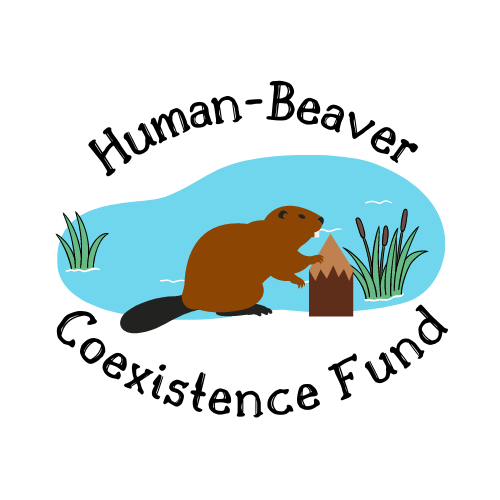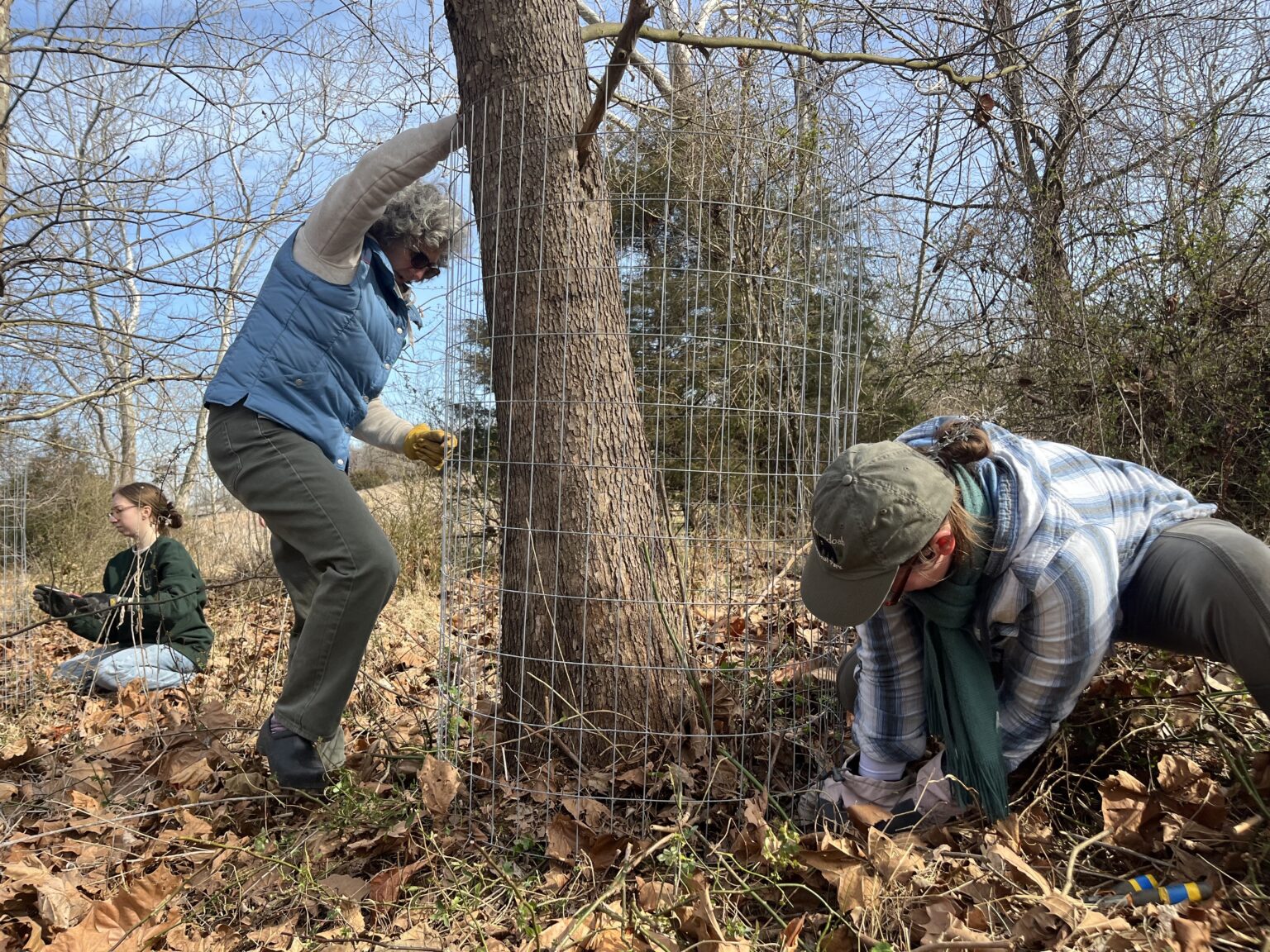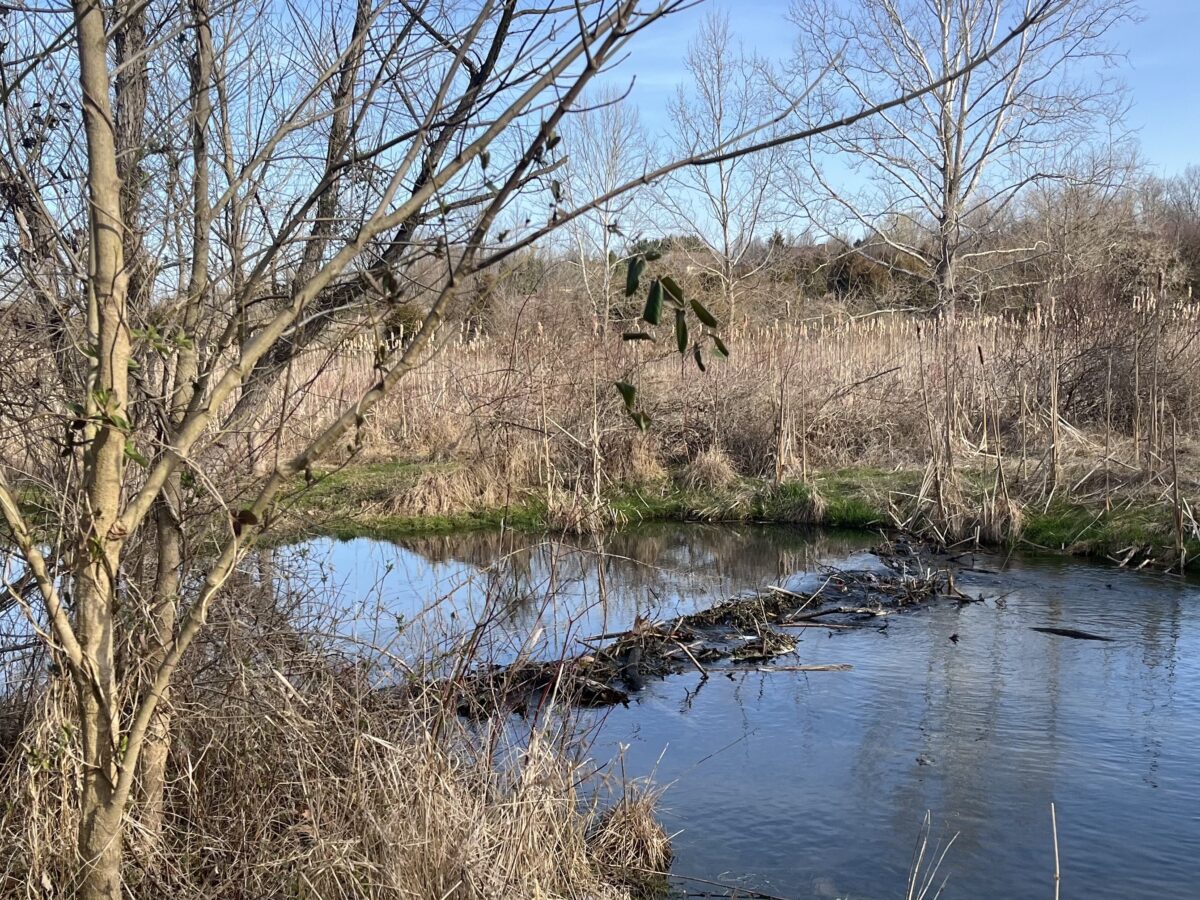I tagged this a week ago but there was too much beaver news to squeeze it in. It deserves sharing, because good beaver news from Virginia? It’s been a while!
Coexisting with nature in Rappahannock sometimes produces struggles for county residents. Take, for instance, the sometimes embroiled relationship between the landowner and the local beaver.
Although beaver behavior is seemingly destructive, it provides many environmental benefits. “What they’re doing is important for water quality,” says Claire Catlett, Rappahannock Field Representative for the Piedmont Environmental Council. “When they build a dam, they are essentially slowing water down but they’re also spreading water out.”
The redistribution of water allows for the growth of new trees, which in turn provides new food and lumber for the beavers. The new trees act as a natural water purifier, filtering toxins from the water. “Trees play an important part in ecosystems,” Catlett says. “Especially along streams, they filter pollution with their roots.”
Good job Claire! We like anyone who tells the truth about beavers. Especially a field representative from the environmental council!
Beaver dams also create wetland habitats that are vital to a variety of animals and plant life. In addition to allowing hundreds of plant and animal species to thrive, wetlands offer flood and erosion control and remove pollutants from surface water runoff. Because they slow runoff and protect surface water, dams have also proven to recharge aquifers deep underground.
Bill Fletcher is one Rappahannock landowner who has witnessed the positive influence of beavers returning to his property over the past year. “I’ve had a number of springs come back on the farm,” says Fletcher, who had the idea of implementing a government-funded program to install Beaver Dam Analogues (BDA) in the streams of Virginia farms.
Ooh we like Bill even better than Claire if that’s possible. A farmer who has appreciated what beavers are doing for his landscape; How exciting!
“It would revolutionize the ecology of the area,” Fletcher says. “And it would allow us to retain more water in the aquifers. It would help every individual farmer and it would also help the Chesapeake Bay and the Rappahannock River.”
Fletcher has been reaching out to various state conservation foundations in hopes of bringing his project to fruition. BDAs have been shown to work successfully in other areas to raise groundwater levels, create healthier downstream ecosystems and even turn some intermittent streams into perennial streams.
That’s it! Go preach the beaver gospel far and wee because god knows they need to hear it. Someones folk listen with different ears when farmers speak.
Still, sometimes the benefits of beavers aren’t enough to convince landowners to let them stay. But there are many programs designed to help resolve human-wildlife conflicts. The Clifton Institute in Warrenton is a nonprofit organization with a mission of conservation and restoration of natural habitat of plants and animals, and provides one such service. The institute also provides environmental education and performs ecological research in the Piedmont area.
Alison Zak, an education associate for the Clifton Institute, says there are two main categories of human-beaver conflicts. “One is tree chewing,” she says, “and the other is flooding, which is usually when beavers are clogging up a culvert.”
“If the landowner has a nice spot, killing one pair of beavers is just creating an opportunity for a new pair looking for habitat,” she explains. “There’s almost always a way to address a problem without killing the beavers.”
WOW! I’m not sure the last time I read an article from Virginia that hit EVERY beaver point. Maybe never? It even had a section about wrapping trees to prevent chewing. Pretty incredible. There aren’t even any good points they left out. I think I have to look up the Piedmont Environmental Council.


[wonderplugin_video iframe=”https://youtu.be/JMOBxjIvLBE” lightbox=0 lightboxsize=1 lightboxwidth=960 lightboxheight=540 autoopen=0 autoopendelay=0 autoclose=0 lightboxtitle=”” lightboxgroup=”” lightboxshownavigation=0 showimage=”” lightboxoptions=”” videowidth=600 videoheight=400 keepaspectratio=1 autoplay=0 loop=0 videocss=”position:relative;display:block;background-color:#000;overflow:hidden;max-width:100%;margin:0 auto;” playbutton=”https://www.martinezbeavers.org/wordpress/wp-content/plugins/wonderplugin-video-embed/engine/playvideo-64-64-0.png”]
 This was made by Virginia advocate of the beaver coexistence fund Alison Zak. Enjoy and share if you can.
This was made by Virginia advocate of the beaver coexistence fund Alison Zak. Enjoy and share if you can.









































